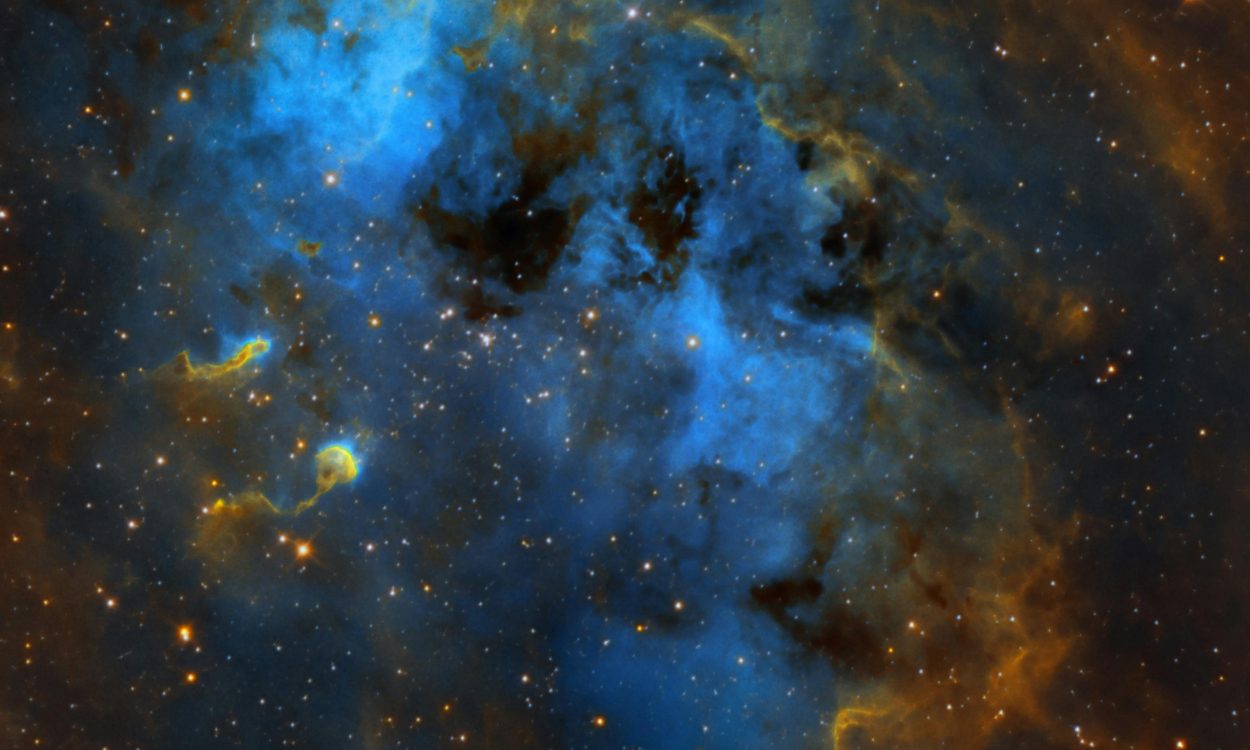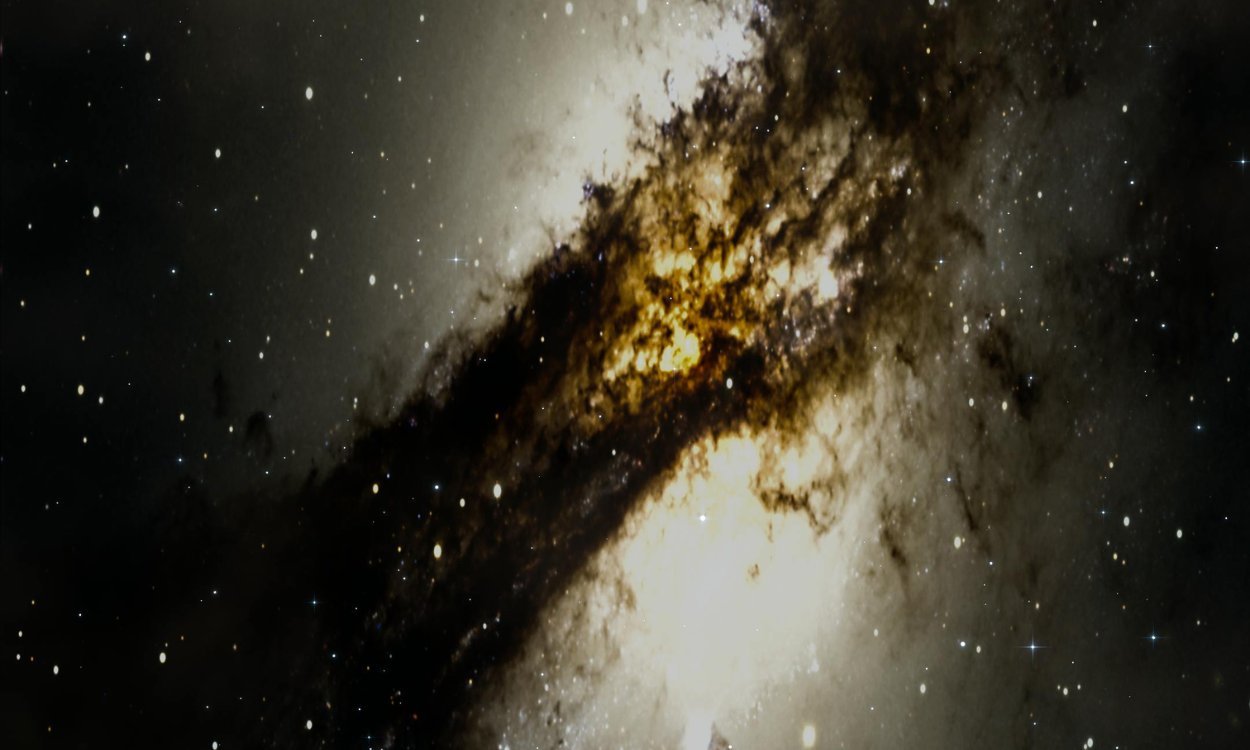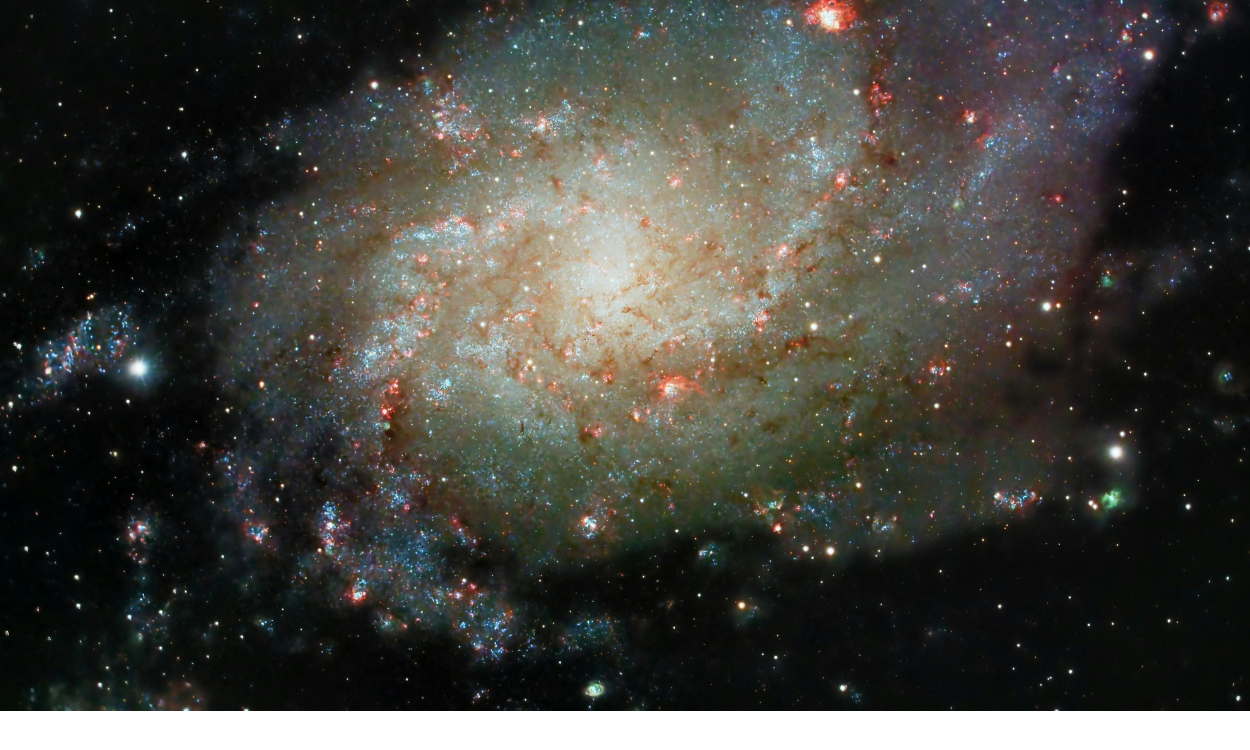Nebular Brilliance: Exploring the Birthplaces of Stars
The cosmos is a vast, awe-inspiring expanse that has captivated humanity for millennia. Among its many wonders, nebulae stand out as the stunning cradles of stellar creation. These celestial nurseries, with their vibrant colors and intricate patterns, are not just visually breathtaking but also serve as the birthplaces of stars. This article delves deep into the phenomenon of nebular brilliance, unraveling the secrets of these fascinating regions of space.
Table of Contents

What Are Nebulae?
Nebulae, derived from the Latin word for “cloud,” are immense interstellar clouds of gas and dust. They are the raw material from which stars are formed, and their composition typically includes hydrogen, helium, and traces of heavier elements. The captivating visuals of nebulae that we see in images are often the result of light emitted or reflected by these clouds, highlighting their nebular brilliance in the universe.
Nebulae are classified into several types:
- Emission Nebulae: These glow brightly due to ionized gases emitting light. The Orion Nebula is a prime example.
- Reflection Nebulae: These reflect light from nearby stars, creating a softer glow.
- Dark Nebulae: These are dense regions of gas and dust that block light, appearing as dark patches against the backdrop of stars.
- Planetary Nebulae: These are formed when dying stars shed their outer layers.
- Supernova Remnants: These are the leftovers of massive stars that have exploded in spectacular supernovae.
Each type contributes uniquely to the phenomenon of nebular brilliance, showcasing the diversity and complexity of these stellar nurseries.
The Birth of Stars: A Nebular Symphony
The process of star formation begins within the dense cores of nebulae, where gravity plays a pivotal role. Over time, these cores collapse under their own gravitational pull, leading to the formation of protostars. As these protostars grow, they accumulate mass from the surrounding nebula, eventually igniting nuclear fusion in their cores.
The interplay of forces within a nebula—gravity, pressure, and radiation—creates a dynamic environment. This intricate dance is a testament to the nebular brilliance that governs star birth. For example, in regions like the Eagle Nebula’s “Pillars of Creation,” dense columns of gas and dust act as stellar incubators, housing young stars in their nascent stages.
Iconic Nebulae in Astronomy
Several nebulae have become iconic due to their striking appearances and scientific significance. Their nebular brilliance not only provides insights into star formation but also inspires wonder and curiosity.
- The Orion Nebula: Located in the Orion constellation, this emission nebula is one of the brightest and closest star-forming regions to Earth. It is a treasure trove of young stars, protostars, and intricate gas clouds.
- The Horsehead Nebula: A dark nebula in the Orion constellation, its silhouette against a glowing background has made it a favorite among astronomers and astrophotographers.
- The Crab Nebula: A supernova remnant, this nebula’s intricate filaments and central pulsar exemplify the aftermath of a stellar explosion.
- The Rosette Nebula: This emission nebula’s floral appearance is a striking example of the symmetry and beauty inherent in nebular brilliance.
The Role of Technology in Studying Nebular Brilliance
Advances in technology have revolutionized our understanding of nebulae. Telescopes like the Hubble Space Telescope and the James Webb Space Telescope have provided unprecedented views of these cosmic wonders. Infrared imaging, in particular, has allowed scientists to peer through dense clouds of gas and dust, revealing the hidden processes within.
These technological marvels have illuminated the nebular brilliance of star-forming regions, offering detailed observations of their structure, composition, and dynamics. For instance, the James Webb Space Telescope’s infrared capabilities have unveiled new insights into the early stages of star formation within the Carina Nebula.
The Significance of Nebulae in the Cosmic Ecosystem
Nebulae play a critical role in the cosmic ecosystem. They act as the forges where new stars are created, recycling material from older stars and supernovae. This cyclical process enriches the interstellar medium with heavier elements, paving the way for the formation of planets and, ultimately, life.
The nebular brilliance observed in these regions is a visual representation of the universe’s continuous evolution. By studying nebulae, astronomers can trace the life cycles of stars, understand the chemical enrichment of galaxies, and gain insights into the origins of our solar system.
Nebulae in Culture and Inspiration
The mesmerizing beauty of nebulae has inspired countless works of art, literature, and music. Their vivid colors and ethereal shapes have been likened to celestial paintings, embodying the essence of nebular brilliance. From science fiction stories to space-themed artworks, nebulae continue to ignite the human imagination.
Future Exploration and Discoveries
As technology advances, the study of nebulae will likely yield even more groundbreaking discoveries. Upcoming missions and telescopes, such as the European Space Agency’s Euclid mission, promise to deepen our understanding of dark matter and the role nebulae play in the broader cosmic landscape.
The quest to explore the nebular brilliance of star-forming regions is far from over. As we push the boundaries of knowledge, we will uncover new facets of these cosmic nurseries, shedding light on the universe’s most profound mysteries.
Conclusion
Nebulae are not just the birthplaces of stars; they are emblematic of the universe’s creativity and resilience. Their nebular brilliance serves as a reminder of the dynamic processes that shape the cosmos. From the Orion Nebula’s vibrant hues to the enigmatic darkness of the Horsehead Nebula, each tells a story of transformation and renewal.
By continuing to explore and study these stellar nurseries, humanity takes one step closer to understanding our place in the universe. The nebular brilliance that defines these celestial wonders ensures they remain enduring symbols of cosmic beauty and the boundless potential of the stars.





